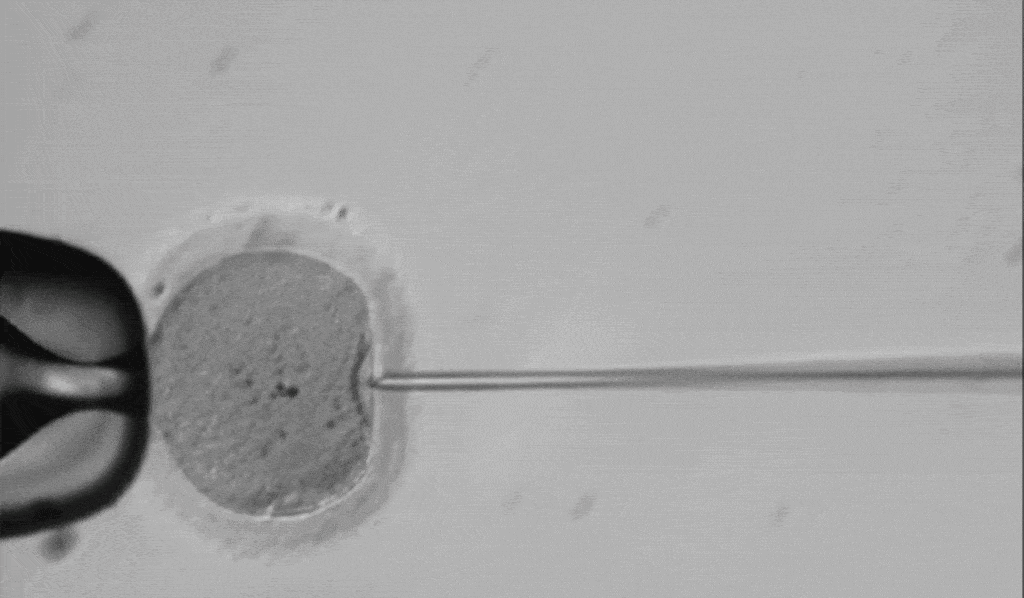
A team at the Oregon Health and Science University (OHSU) in Portland performed the first ever gene editing on a human embryo carried out inside the borders of the US. The researchers reportedly used CRISPR to edit portions of the genome where there were defective genes. These defects are known to cause inherited diseases in one-cell embryos.
Further than anyone has taken gene editing in the US so far
CRISPR-Cas9, the technique employed by the Oregon scientists, was invented a decade ago and makes gene editing incredibly easier and cheaper. Essentially, CRISPR acts like a molecular scissor of sorts that can be used to cut and paste portions of DNA. In early 2013, researchers reported for the first time that they had used the CRISPR–Cas9 system to slice the genome in human cells at sites of their choosing. By 2014, 600 research papers mentioned it and now, a quick Google Scholar search reveals over 30,000 articles mentioning CRISPR, signaling the technique is rapidly becoming a mainstream scientific tool.
Of course, it’s not all fun and games with CRISPR. Such a powerful tool that acts on the blueprint of life — the genome — needs to be used with the utmost responsibility. One example of a safety concern is that a researcher created a virus with CRISPR-Cas9 that gave mice human lung cancer. A small mistake could work on human lungs also.
Previously, in 2015, Chinese researchers caused a lot of stir after they edited human embryos to remove a gene involved in the blood disorder beta-thalassemia. Then, in 2016, another group from China, which is the leading nation in CRISPR research, did something similar only this time the DNA was modified such that the embryo would be resistant to infection with HIV. However, the two attempts involved embryos fertilized by two sperm during in vitro fertilization (IVF), making them unviable past a certain post in their development.

The first CRISPR human trial started in October 2016 at the West China Hospital in Chengdu. Researchers harvested cells from a patient suffering from lung cancer and removed a gene called PD-1 — which cancer cells use to “trick” the body into not attacking them. The trial is set to end in 2018, so we’re still waiting for the results. And while most reports of CRISPR human gene editing came from China, it seems the United States is preparing to join ranks as well.
All previous trials involving genetically modifying human embryos had been blocked by Congress due to ethical concerns. One leading issue voiced in Congress is that allowing the practice would pave the way for so-called designer babies that are intentionally bred to have superior qualities. But in early 2017, the National Academy of Sciences released a report in which it endorsed human germline modification — altering an embryo with the intended purposes of eradicating a heritable disease. The reasoning is a child born out of that embryo will pass on these modifications with his or her germ cells, the egg or sperm.
“So far as I know this will be the first study reported in the U.S.,” Jun Wu, a collaborator at the Salk Institute, in La Jolla, California, who played a role in the project told MIT Tech Review.
The embryos modified by the Oregon team led by Shoukhrat Mitalipov were never allowed to develop for more than a couple of days. They were also never meant to be implanted in any womb. Nevertheless, it was enough for the team to learn a great deal. For instance, previous attempts commanded by Chinese scientists caused editing errors in which DNA changes were only taken up by some cells in the modified embryo, but not all of them. This type of genetic error called ‘mosaicism’ wasn’t encountered during this study since their procedure also involved injecting CRISPR segments and sperm cells into the eggs at the same time.
For now, this trial is still pending publication so we’ll have to wait maybe a year before we learn more about the official results. In any case, we’re only beginning to scratch the surface with what gene editing can do. It’s exciting at the same time to witness first hand all of this play out. Designer babies or not, CRISPR is here to stay and what scientists will come up with might change humanity forever.






